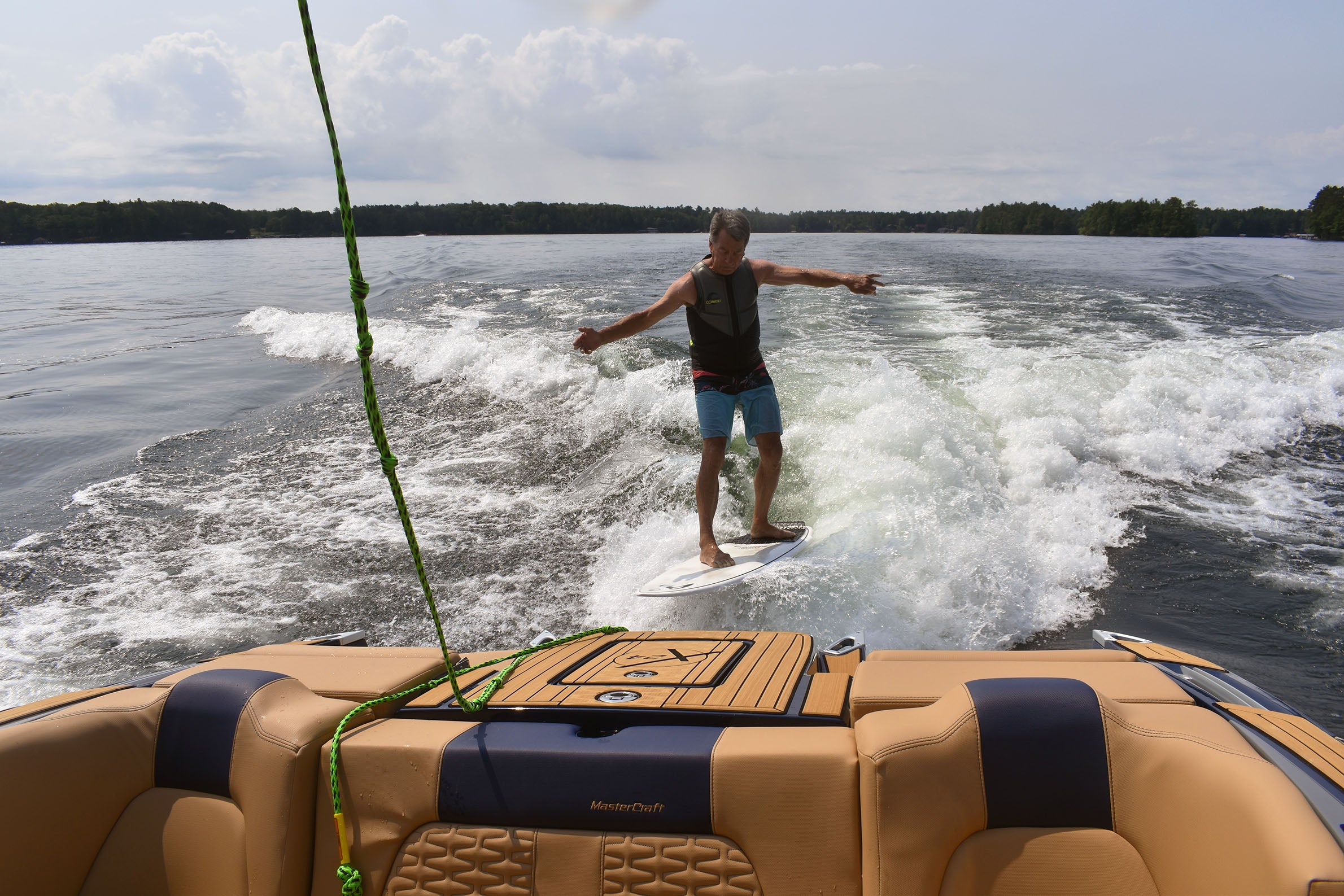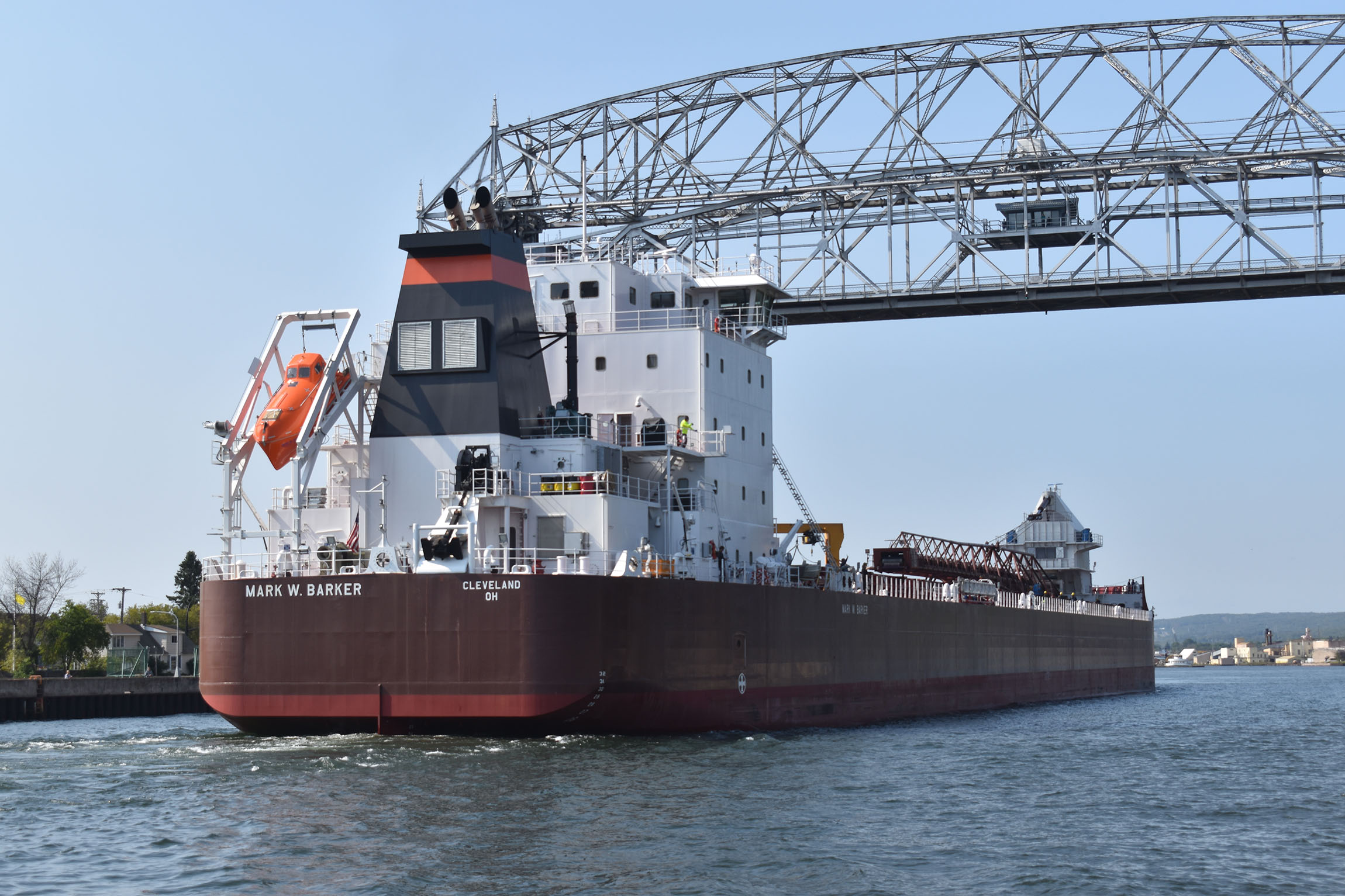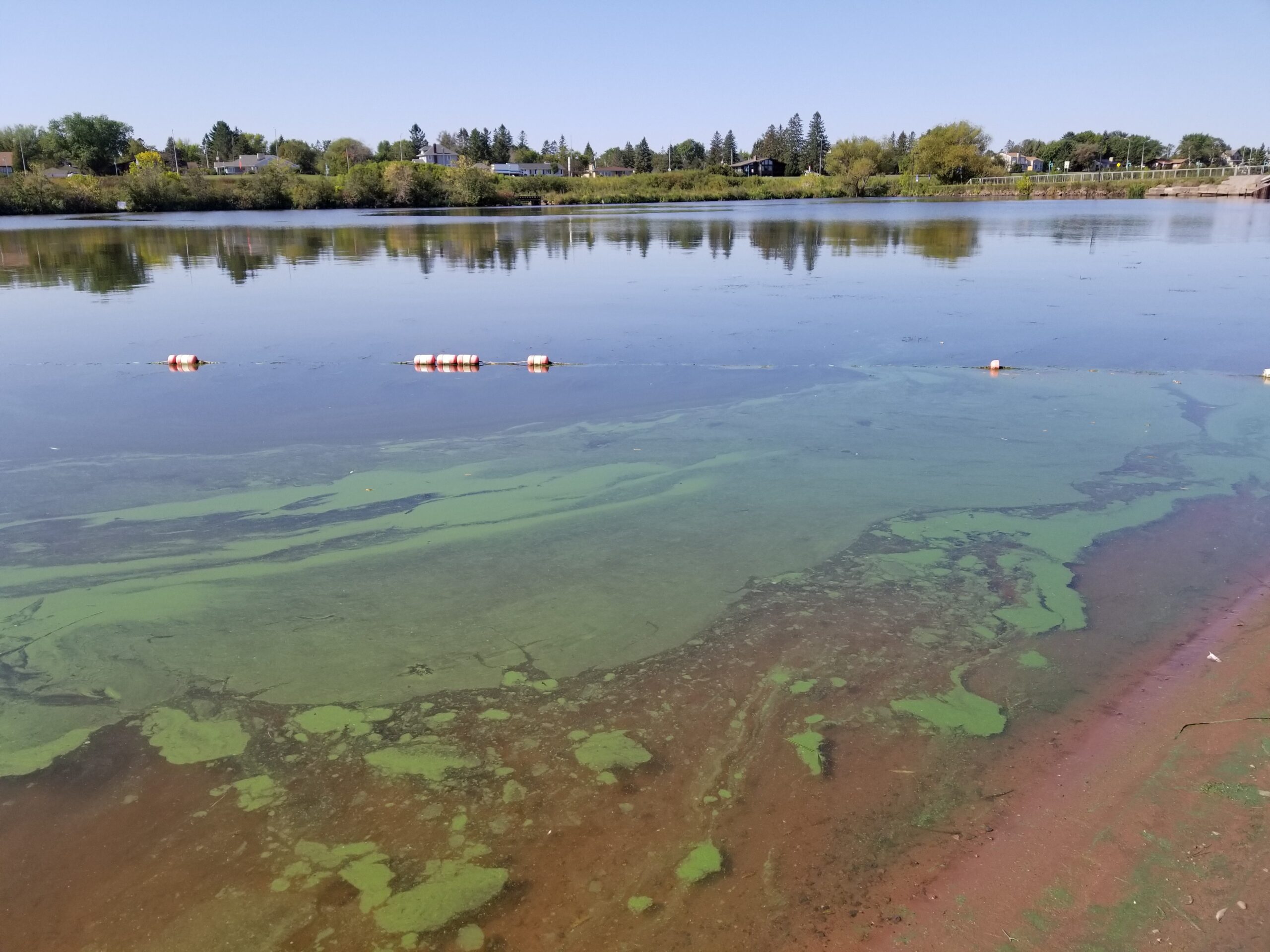The thawing of Wisconsin’s lakes means it’s boating season again, and a popular activity on the water is wake boating.
It’s similar to water skiing, except it creates a bigger wave in the boat’s wake. While that can mean loads of fun, it’s not necessarily so for those looking for more peaceful activities on the water. It also can affect aquatic species and water quality.
Among those advocating for a balance between the activities is Fred Strand, a member of the Bayfield County Board of Supervisors and the committee overseeing the county’s Land and Water Conservation Department.
Stay informed on the latest news
Sign up for WPR’s email newsletter.
“I’m a recreational boater, but not with a wake boat,” he said of his own water activities — which he said included water skiing “in my younger years.”
Strand spoke with WPR’s Robin Washington on “Morning Edition” about efforts on the statewide level to reel in the adverse effects of wake boating.
This interview has been edited for clarity and brevity.
Robin Washington: Wisconsin’s neighbor, Minnesota, is the birthplace of water skiing. The history of wakeboarding, for which wake boats are used, is debated and attributed to activities that started in the 1980s in Utah, California, Arizona and Hawaii. What’s the difference between the two sports?
Fred Strand: Wake boats are designed to create large waves or wakes, which then are used for waterboarding or wake surfing.
These boats are built to displace more water than other boats. They also have ballast systems that can be filled with water to increase the boat’s weight and hence displacement. They often have deep-shaped hulls, and some have hydrofoils and wake shapers. All of these features are designed to create large wakes.
Boats that are traditionally used for water skiing are typically shorter and sit shallower in the water and don’t displace as much water. They are designed to create a minimal wake and low spray.
RW: How does wake boating affect others?
FS: There are several concerns. These wakes can exert significant force on shorelines, causing pollution and damage to natural resources and manmade structures.
These waves can stir up sediment, which potentially releases nutrients like phosphorus that can contribute to algal blooms. They can damage aquatic plants, fish and wildlife habitats.
Wake boats can also spread aquatic invasive species by transporting them in their ballast tanks when the boat is moved between lakes.
RW: In northwest Wisconsin, we frequently think of the ocean-going vessels on Lake Superior that have salt water in their ballast, which you don’t want to empty into the world’s largest freshwater lake. Is that a problem with wake boaters, who may use their boats on some of the smaller lakes in the region and then go to Lake Superior?
FS: Yes. If they pick up an aquatic invasive species in one body of water and their ballast tanks are not completely emptied, then when they go to a different lake and discharge water they can inadvertently spread that aquatic invasive species to a different lake.
Almost all aquatic invasive species get moved between bodies of water by human assistance.
RW: What do you want the state to do and what’s been done in other states?
FS: There have been several scientific studies in Wisconsin and elsewhere across the U.S. and even in Australia that have found ways to reduce and minimize these adverse impacts.
Wake boats should only be used at least 700 feet from shore and in areas with a water depth of at least 30 feet. It would be best if all wake boat operators would voluntarily limit themselves to these restrictions, but unfortunately some do not.
RW: You just mentioned voluntary compliance. Do we need legislation? Maybe it could be done with a public relations campaign.
FS: That has been done, and many wake boat operators do voluntarily restrict their use and are conscientious of the impacts they may have.
But there are some that don’t.
RW: What’s been the response in Madison?
FS: Regrettably, there’s been no action by the Legislature this year. They are dealing with other issues they apparently feel are more important. Certainly the state biennial budget is one of those.
Editor’s note: This story has been corrected to reflect that Minnesota is the birthplace of water skiing.
If you have an idea about something in northern Wisconsin you think we should talk about on “Morning Edition,” send it to us at northern@wpr.org.





